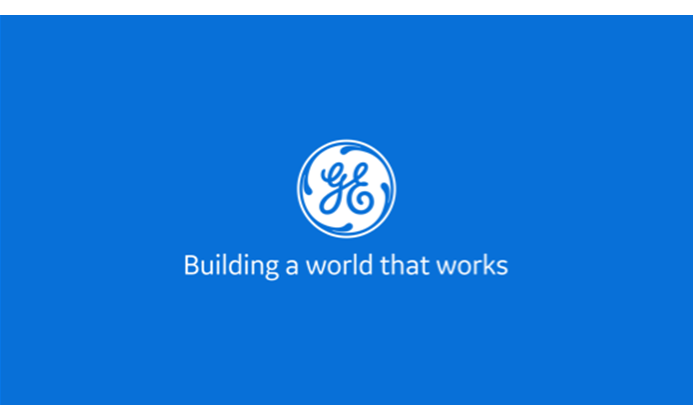EAST CLEVELAND, Ohio --- October 9, 2012 --- (NYSE:GE) --- Fifty years ago today, 33-year-old GE scientist Dr. Nick Holonyak, Jr., invented the first practical visible-spectrum light-emitting diode (LED), a device that GE colleagues at the time called "the magic one" because its light, unlike infrared lasers, was visible to the human eye.
In an interview with GE Lighting conducted in his University of Illinois lab on September 19, 2012---about three weeks ahead of the50th anniversary of his invention of the LED---a now 83-year-old Holonyak recounts the competitive forces that propelled him toward his moment of discovery in a GE lab: "If they can make a laser, I can make a better laser than any of them because I've made this alloy that is in the red---visible. And I'm going to be able to see what's going on. And they're stuck in the infrared."
LED 50th Anniversary: Holonyak's path to discovery
When Holonyak joined GE's team of researchers in 1957, GE scientists and engineers were already researching semiconductor applications and building the forerunners of modern diodes called thyristors and rectifiers.
While GE scientist Dr. Robert N. Hall was working toward realizing a semiconductor laser in the infrared with GaAs (Gallium arsenide), Holonyak aimed for the visible with GaAsP (Gallium arsenide phosphide). Hall used polishing to form laser mirrors, while Holonyak tried to form the mirrors by cleaving. On October 9, 1962, with GE colleagues looking on, Holonyak became the first person to operate a visible semiconductor alloy laser---the device that illuminated the first visible LED.
Fifty years removed from Holonyak's invention, new, robust and long-lasting LEDs have been incorporated to serve as light sources in countless applications ranging from the mundane to mission critical.
"LEDs are literally everywhere," notes Mary Beth Gotti, manager of the GE Lighting Institute, a teaching facility at GE Lighting's 100-year-old Nela Park world headquarters in East Cleveland, Ohio. "LEDs provide lighting in a variety of electronic devices and indicators, including elevator buttons, exit signs, cell and smart phone displays, TVs, PCs, tablet computers, commercial signage, full motion video screens in sports venues, microscopic surgical equipment, railroad crossings and airport taxiway lights. And they are now hitting mainstream lighting applications like parking lots, roadways, accent lighting, general lighting and more."
Businesses such as Starbucks, Walmart, Target and Marriott believe in the power of Holonyak's invention. They understand that LED systems deliver value not just through energy-cost savings. Maintenance-cost savings are significant because LEDs last longer than any other light source. The LED value proposition isn't reserved for retail giants operating thousands of locations. Smaller regional grocers and other retail chains, such as Food City and Wawa, are getting in on the act. One of the fastest growing applications of LED systems---roadway and area lighting---holds appeal for cities as big as Las Vegas and as small as Superior, Nebraska, population 2,000.
Holonyak, in the GE interview, remembers feeling that he was onto something big when "the magic one" first illuminated: "I know that I'm just at the front end but I know the result is so powerful...there's no ambiguity about the fact that this has got a life way beyond what we're seeing."
Holonyak has called the LED the "ultimate lamp" because "the current itself is the light." As a result, an LED can have lower losses and higher efficiencies than other lighting technologies.
How LEDs work
LEDs are small light sources or thin chips that become illuminated by the movement of electrons through a semiconductor material. Today, LEDs are available in multiple colors, including the bright, white light consumers are used to seeing from their home lighting. LEDs are embraced for their energy savings and long life. They use up to 75 percent less energy than incandescent sources, last up to 25 times longer than incandescent and halogen light sources and up to three times longer than most CFLs. They also are cooler to the touch, start instantly, and the compact shape of LEDs allows for smaller, design-forward lighting fixtures, as well as illumination in tight areas.
"Nick Holonyak is a national treasure," notes Gotti. "His curiosity and drive to explore and invent have inspired thousands of students and countless innovations. It's breathtaking to consider the widespread and profound impact of 'the magic one' that Nick Holonyak brought to life 50 years ago."
Visit http://www.ece.illinois.edu/ to explore learning opportunities available through the Department of Electrical and Computer Engineering at the University of Illinois at Urbana-Champaign.
Visit www.gelighting.com and http://www.gelighting.com/LightingWeb/na/case-studies/ to learn more about LED and other energy-saving lighting technologies from GE.
For downloadable b-roll, visit the GE pressroom.
About GE Lighting
GE Lighting invents with the vigor of its founder Thomas Edison to develop energy-efficient solutions that change the way people light their world in commercial, industrial, municipal and residential settings. The business employs over 16,000 people in more than 100 countries, and sells products under the Reveal® and Energy Smart® consumer brands, and Evolve™, GTx™, Immersion™, Infusion™, Lumination™ and Tetra® commercial brands, all trademarks of GE. General Electric (NYSE: GE) works on things that matter to build a world that works better. For more information, visit www.gelighting.com.
David Schuellerman
GE Consumer & Industrial
[email protected]
1-216-266-9702
1-216-513-6236




